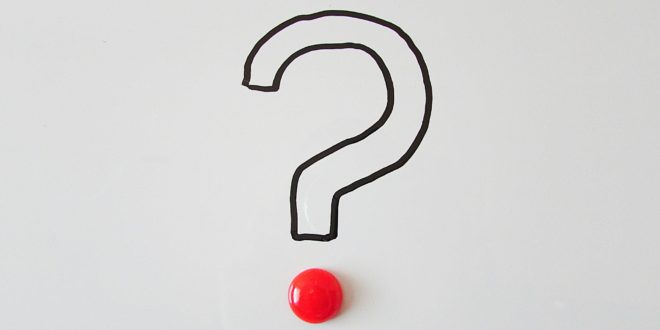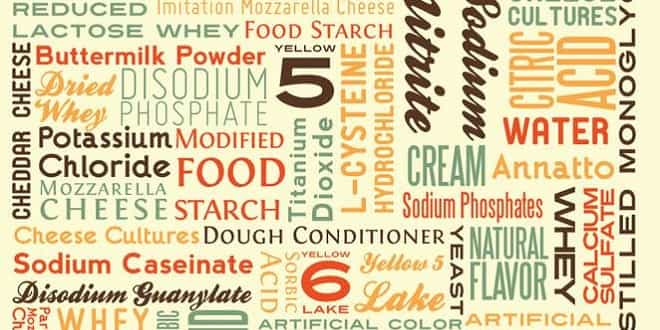Food Additives – Colors ( Demirhan KARADAĞ )
FOOD ADDITIVES
COLORS
WHAT IS A COLOR ADDITIVE
A color additive is any dye, pigment or substance that can impart color when added or applied to a food, drug, or cosmetic, or to the human body. Color additives may be used in foods, drugs, cosmetics, and certain medical devices such as contact lenses. Color additives are used in foods for many reasons, including to offset color loss due to storage or processing of foods and to correct natural variations in food color.
Color additives that are exempt from certification include pigments derived from natural sources such as vegetables, minerals or animals. For example, caramel color is produced commercially by heating sugar and other carbohydrates under strictly controlled conditions for use in sauces, gravies, soft drinks, baked goods and other foods. Most colors exempt from certification also must meet certain legal criteria for specifications and purity.
WHY USE COLOR ADDITIVES
Though there is a growing realization that the color additives should be used to the minimum, the fact is that the food doesn’t even look presentable at times without it and appears inedible. Colors are used to bring a variation and maintain the natural appeal of the preserved food. Other uses include
To preserve the color loss due to exposure environmental extremes.
To enhance colors that occur naturally
To provide a colorful identity to foods
To make up the color loss due to light, air, temperature, moisture and storage
To correct natural variations in color
To enhance the natural colors associated with a given product.
To provide a colorful identity to the colorless or dull looking foods.
To provide a colorful appearance to “fun foods.”
To protect flavors and vitamins that may be affected by sunlight during storage.
FOOD COLOR
From an ancient time people have been coloring food, drug and cosmetic products. Like, our ancestor used color such as saffron to color certain food. Also many behavioral studies show that the human appetite and choice of food are influenced by colors. Thus people all over the world are using food colors to give a pleasant look to their foods.
TYPES AND CERTIFICATION
The food colors used today are both synthetic and natural. The natural food colors for industrial or domestic use do not need any certification but the synthetic ones have to be certified for their safety standards by organizations like FDA (Food and Drug Administration) in United States of America. E.C. Marked colors are certified by the European Community. They have their own testing methods and numbering systems. The “approval” process or color additive certification, assures the safety, quality, consistency and strength of the color additive prior to its use in foods.
Certified color additives are known as dyes or lakes. Dyes are water-soluble and be used in beverages, dry mixes, baked goods, confections, dairy products, pet foods, and other products. Lakes are insoluble in water and are more stable than dyes. They are preferred in foods containing fats and oils or those not having too much moisture like tablets, cake mixes, candies, and chewing gums.
NATURAL FOOD COLOR
Natural Food Color is any dye, pigment or any other substance obtained from vegetable, animal, mineral, or source capable of coloring food drug, cosmetic or any part of human body, colors come from variety of sources such as seeds, fruits, vegetables, algae & insect.
According to the application a suitable Natural Color can be achieved by keeping in mind the factors such as PH. heat, light storage and the other ingredients of the formula or recipe. The stirage conditions for natural colors depends on the particular need of the product.
There are 26 colors permitted to be used in food and 28 to be used in cosmetics and pharmaceuticals. A few commonly used natural colors are Annatto(seed), turmeric, beet juice (root), red Cabbage (vegetable), spinach (leaf).
SYNTHETIC FOOD COLORS
Synthetic Food Colours, also known as Artificial Food Colours, are manufactured chemically and are the most commonly used dyes in the food, pharmaceutical and cosmetic industries.
Primary Food Colours
Blended Food Colours
Lake Food Colours
PRIMARY FOOD COLORS
These colours are also known as food colors,colourings, food dyes, food additives, food lakes & food blends worldwide
BLENDED FOOD COLORS
VINAYAK CORPORATION also offers Blended Colors prepared from previously certified batches of primary colors. The blended illustrated here represent only a selection of widely used blends. Blends can be made available to meet specific requirements of a customer in terms of shade and strength
LAKE FOOD COLORS
NOTE: *Lake pigments find wide usage in areas like foodstuffs, pet foods, drugs and pharmaceuticals, cosmetics, plastics, plastic films, can linings, plastic food containers, inks and stationery. Vinayak Corporation offers lake Colour Blends as per customer requirements
*Shades of a typical Lake Pigments with different colour strengths are illustrated below:
FOOD COLOR APPLICATION
The color of food is an integral part of our culture and enjoyment of life. They have been used to enhance the aesthetic value of foods. In the early civilizations like of the Romans and the Egyptians, food color was used in candies and beverages. Saffron, turmeric and paprika etc were the traditional food colorants. The use of colorants in cosmetics can be traced to the early Egyptian transcripts.
Certifiable synthetic color additives are preferred over the natural for their coloring ability. They need to be added in smaller quantities, are more stable and provide a wide range of hues. Certifiable color additives generally do not impart undesirable flavors to foods, while color derived from foods such as beets and cranberries can produce such unintended effects.
Beverages
Confectionery
Processed Foods
Bakery Products
Dairy Products
Pet Foods
Colored Sugar
BEVERAGES
Dyes are preferred for the beverages over lakes. Yet still beverages and carbonated ones have different color characteristics. At times the color is dissolved with the flavor. This reduces the stability but water miscible solvents are used to balance that effect.
The carbonated drinks contain ascorbic acid as an oxygen scavenger and a source of vitamin but it leads to color fading. Care must be taken that these beverages are kept at the required light and temperature conditions. More over the color fades at the same time as the flavor degrades and thus the color change can be taken as the visible indicator of the outdated product. If the drink is canned the degradation can be avoided but the can may get corroded due to the presence of carbon dioxide
The still beverages are easier to manage. There is no carbon dioxide and the presence of fruit juice can reduce fading.
CONFECTIONERY
Almost all confectionery have added colorants in them. Most common ones are candies and jellies and coated candies and chocolates. The candy starch jellies are made from. The mixture is cooked till the required moisture content is obtained and this is then deposited into starch molds. Liquid colors are used to color them. They are added towards the end of the heating process so that the color characters are notdegraded.
The candy cream centers are again colored with the liquid colors of softer hues. For hard boiled candies, the color is added while boiling and the end color has a dull look because of excess boiling and water base.
Pan coated candies use lakes. The color of the top coating is more important than the depth color. The top coating lakes are used in combination with titanium dioxide. These colors are preferred brighter than the soluble dyes.
PROCESSED FOODS
nColoring adds interest and appeal to the processed food. Butter forexample has been colored yellow for centuries. One may not even like to taste the one in the natural color. Right from the ketchup, sausage casings to the pizzas, all are colored to enhance the appearance. Depending on the food base, both soluble dyes, lakes ore the natural food colorings are used.
Color of the food is one of the major factors affecting the way people respond to food. Be it margarine, cheese, soft drink mixes, candies, jams and jellies, fruit flavored or gelatins, pudding and pie filling mixes they will seem attractive only when colored with the appropriate colors.
BAKERY PRODUCTS
For icings and fondant coating often water soluble dyes are used. Lakes may be used where stability against heat and light is required. For cake batter liquid dyes can be used as the give a uniform color. For the dry mixes fine powder of the dye can be added. Care should be taken while beating the mix to maintain uniformity.
The oil based coatings can be coloured by lakes when the coating is in liquid form. The lakes should be allowed to disperse in the vegetable oil before coating. For cookie filling again lakes are better and dyes considered incompatible as the base is fat and lakes disperse better in this medium than dyes.
DAIRY PRODUCTS
Liquid dyes are recommended for dairy products the color quantity should be regulated to maintain softer hues. Most of the dairy products like oil based coatings, retorted milk products, sauces, wax coating for cheese and cheese are coated with lakes rather than dyes.
Use of lakes do not bleed and maintain the variegation in sauces and yogurts. The wax coating for cheese is colored brightly with the food grade lakes.
PET FOODS
For the pet food again lakes are preferred because the presence of proteins. They are also more stable colorants in semi-moist foods. Still, water soluble dyes are quite popular for their ease of use. They are often used in the dry powdered form in dull shades. For the gravies etc, soluble liquids are also used.
The dyes and the lakes are all food grade, the same as used for human food products
COLORED SUGAR
Sugar coated doughnuts and pastries always look tempting. They are colored with lakes as they can blend easily with the powdered sugar. Both the sugar and the finely ground sugar an be mixed uniformly in dry form to create a rainbow of shades. Decorative sugar crystals can also be created using lakes and dyes in combination
…




